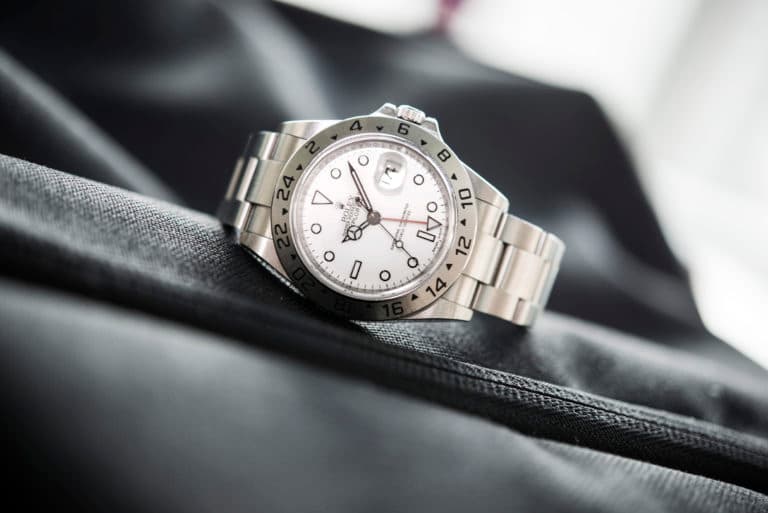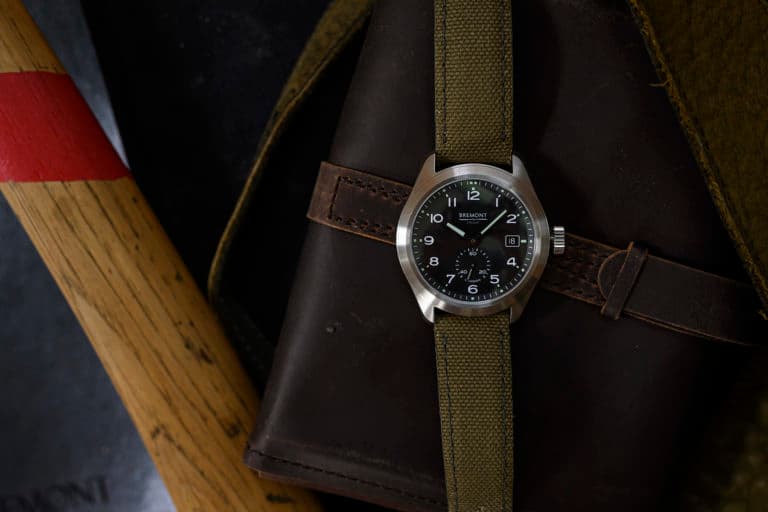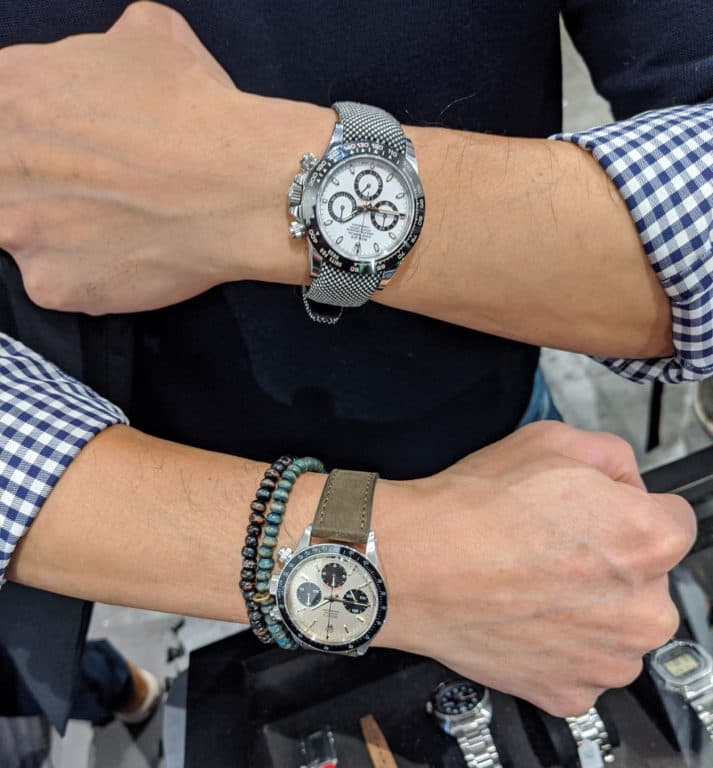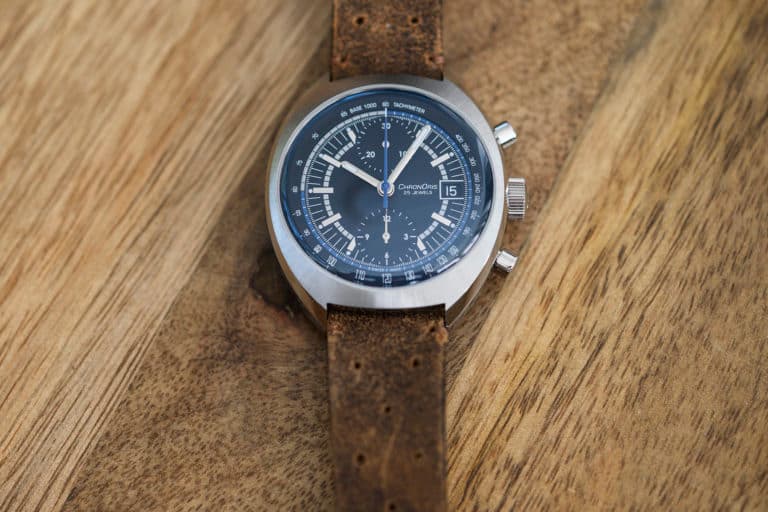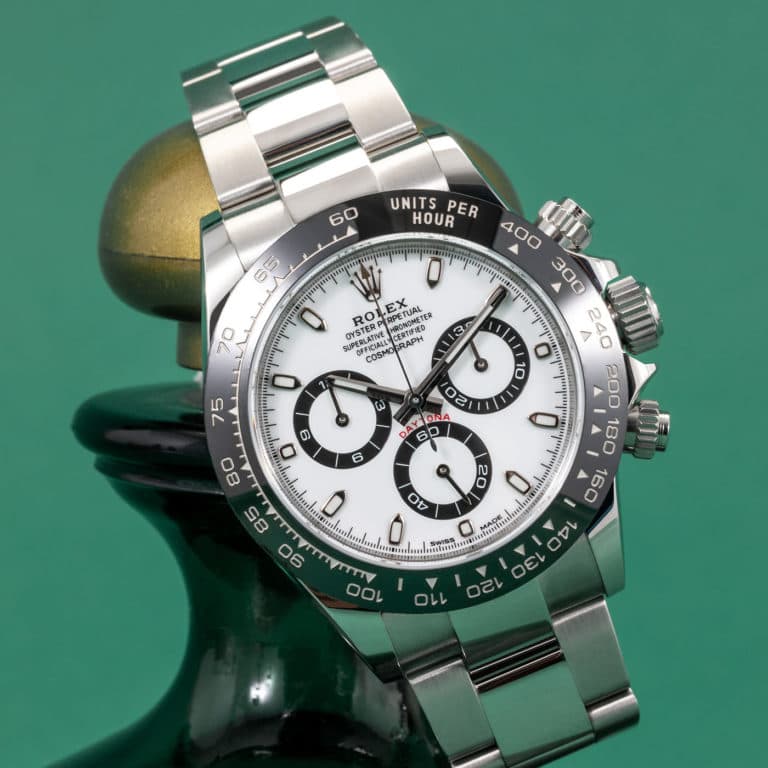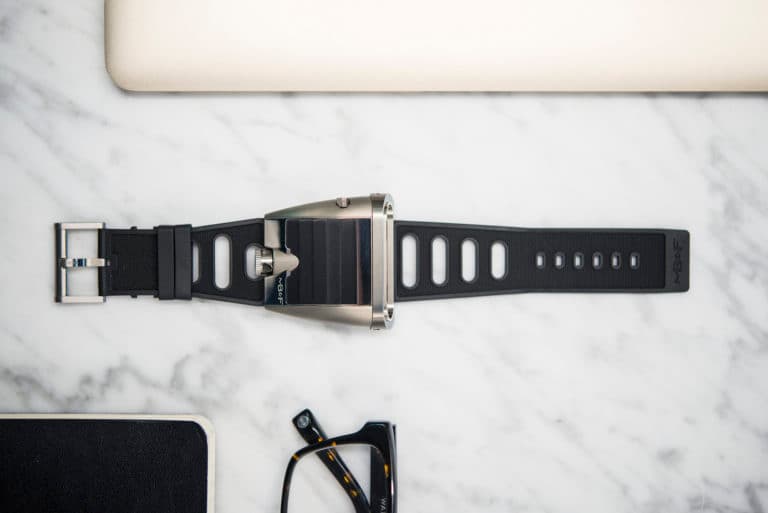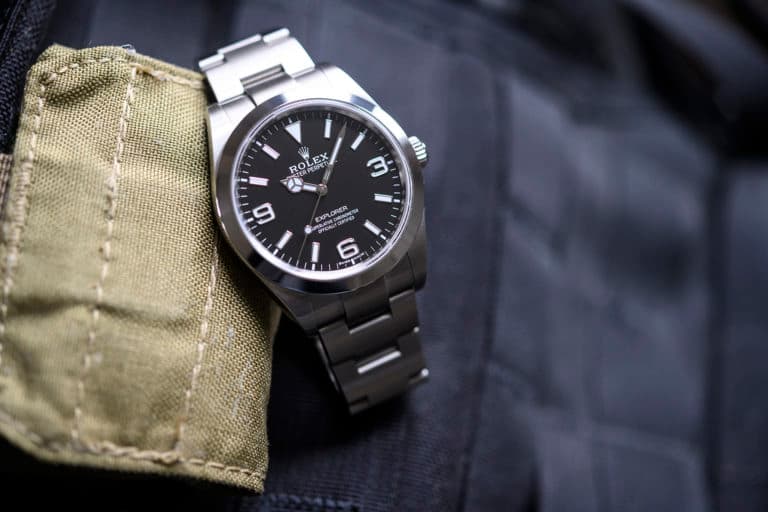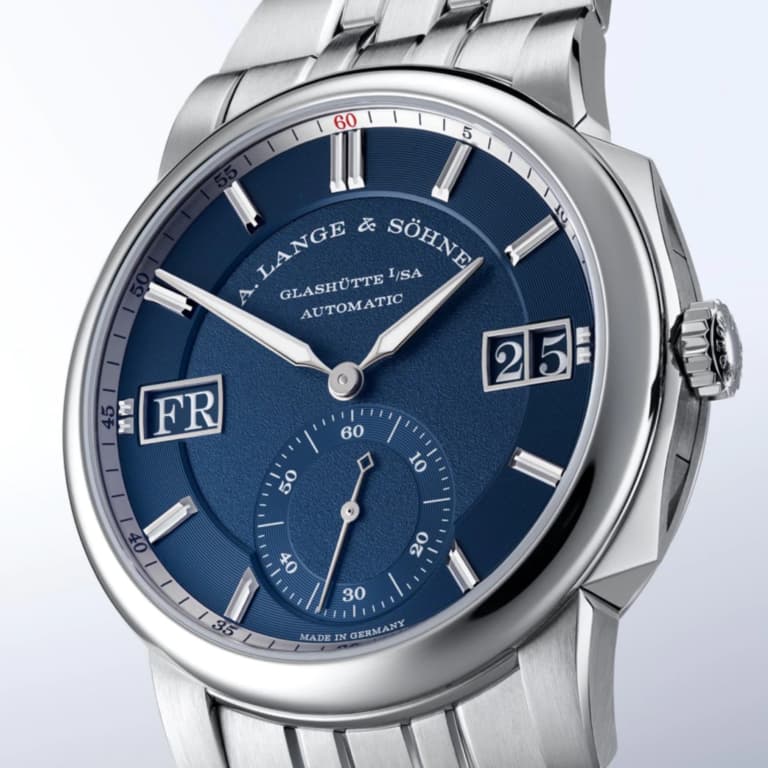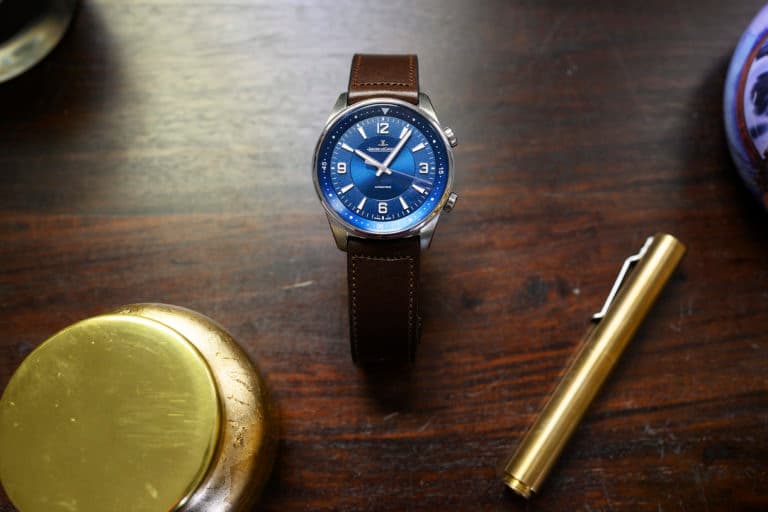There’s a lot that happens before the stress of caring for your watch. For many of us, find a watch for daily use is no small feat. It’s a process that comes with weeks or months of research, saving up a bit of coin, consulting that friend who seems enthusiastic about watches, and finally, getting a seller to meet your Bid. At this point, your journey as caretaker of that watch begins. Even collectors with a penchant for flipping have a small selection of one or two special watches that will remain in their family for (hopefully) generations.
Even the most robust of tool watches will require some TLC to remain in working order through those generations. Each manufacturer has varying levels of service recommendations, at which point the watch will be opened up for inspection, have any number of components replaced, from screws to hairsprings, and be given fresh lubricants. How do you know when or if your watch is in need of a service? The easiest way to determine the internal health of your watch is simple, it should be giving you the time accurately every day. That means falling within (or close to) COSC spec. If your watch is losing or gaining 20 seconds or more a day, it’s probably time to have it looked at.
So what can you do between service intervals to get the most longevity out of the watch? By following some basic rules of thumb, it’s easy to keep the watch within COSC spec, and make servicing the watch that much easier. So what are these steps? Below you’ll find a list of suggestions that you should keep in mind to make the most out of the life of your watch.
- Avoid exposing your non-water resistant watch to moisture
- Never adjust the date on your watch when the hour hand is between the hours of 9pm and 3am to avoid damage to the watches gears and pinion
- Always set the watch by advancing the time forward, never backward
- Water resistant watches should always have the crown screwed down tightly before exposure to water
- If your watch is handwound, be sure to wind it fully at the same time each day, stop when you feel resistance
- An automatic watch should be worn daily to remain at peak accuracy
- Metal bracelets can be cleaned with slightly soapy water and a soft toothbrush
- Avoid extreme temperatures with your watch, and unless you’re rocking a Milgauss or Ingenieur, stay away from magnetic fields. Always avoid direct contact with magnets
- Unexpected impacts or shocks can result in damage to the case, crystal, or crown, as well as the internal components
- Take the watch off your wrist to wind it
- And finally, don’t sleep on the manufacturer recommended maintenance periods. They don’t come around that often, and can add many years to the life of your watch







